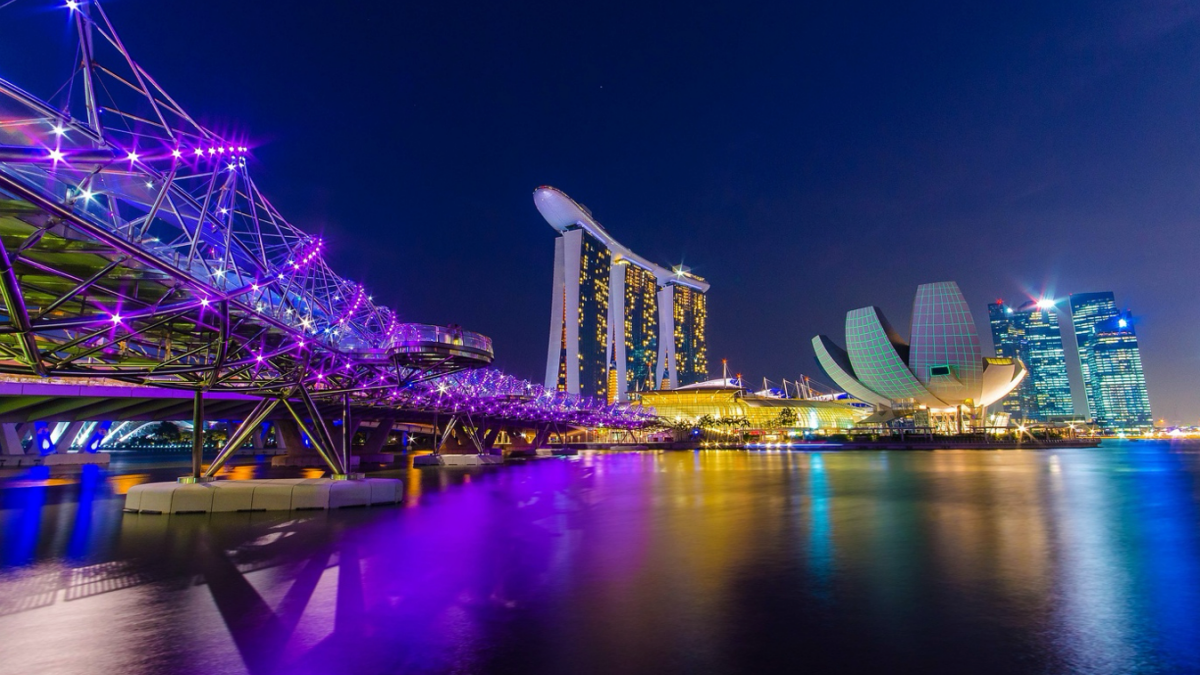As you step into the bustling streets of Singapore, you’re not just entering a city – you’re experiencing a living laboratory of innovation. This tiny island nation has emerged as a global pioneer in urban sustainability, seamlessly weaving technology, design, and policy to create a futuristic metropolis that’s as efficient as it is enchanting. From intelligent transportation systems to green skyscrapers like Chuan Park, Singapore’s smart cities are redefining the urban landscape, and you’re about to discover the secrets behind this remarkable transformation.
Envisioning a Sustainable Future
Your journey through Singapore’s smart cities has brought you to the threshold of a revolutionary era, where innovation and sustainability converge to shape the future of urban living.
The Rise of Smart Cities in Singapore
Futuristic urban landscapes are unfolding in Singapore, as the city-state pioneers a new wave of smart city initiatives, designed to transform the way you live, work, and interact with your environment.
A Brief History of Urban Innovation in Singapore
With a rich legacy of forward-thinking urban planning, Singapore has consistently pushed the boundaries of innovation, from the early days of independence to the present era of smart city evolution.
Rise above the skyline of Singapore, and you’ll witness a fascinating tapestry of urban development, woven from the threads of visionary leadership, cutting-edge technology, and a relentless pursuit of sustainability. From the early experiments with urban renewal in the 1960s to the modern-day initiatives in green infrastructure and data-driven governance, Singapore’s urban innovation journey has been marked by a series of bold experiments and calculated risks, all aimed at creating a better quality of life for its citizens.
The Pillars of Smart City Development
Now, as you examine deeper into the world of Singapore’s smart cities, it’s imperative to understand the fundamental pillars that support this innovative approach to urban development. These pillars are the building blocks of a sustainable, efficient, and livable city, and they’re crucial to achieving the vision of a smart nation.
Intelligent Transportation Systems
Systems like intelligent traffic management and smart parking solutions are revolutionizing the way you move around the city. With real-time data analytics and IoT sensors, these systems optimize traffic flow, reduce congestion, and provide you with a seamless travel experience. Imagine receiving real-time updates on traffic conditions, effortlessly finding a parking spot, and enjoying a smooth commute – all thanks to the power of intelligent transportation systems.
Green Infrastructure and Energy Efficiency
Infrastructure such as green roofs, urban parks, and green corridors are not only aesthetically pleasing but also play a vital role in mitigating the urban heat island effect, improving air quality, and enhancing biodiversity. These innovative solutions help create a more sustainable and resilient city, ensuring that residents at Parktown Residence can breathe easy and enjoy a better quality of life.
City planners have taken it a step further by incorporating green infrastructure into building design, such as vertical green walls and rooftop gardens. These features not only reduce energy consumption but also provide insulation, reduce noise pollution, and create habitats for urban wildlife. As you explore Singapore’s smart cities, you’ll notice how these innovative solutions are woven into the fabric of urban planning, creating a more livable and sustainable environment for everyone.
Innovative Solutions for Urban Challenges
The city-state of Singapore is renowned for its forward-thinking approach to urban development, and its smart cities initiative is no exception. As you investigate into the heart of this pioneering project, you’ll discover a plethora of innovative solutions designed to tackle the complexities of urban living.
Data-Driven Governance and Citizen Engagement
With the advent of advanced data analytics, Singapore’s government is now empowered to make informed decisions that cater to the needs of its citizens. This data-driven governance enables authorities to optimize resource allocation, streamline public services, and foster a culture of transparency and accountability.
Leveraging Technology for Waste Management and Public Health
Leveraging cutting-edge technologies like IoT sensors and AI-powered algorithms, Singapore is revolutionizing its waste management systems. By detecting waste patterns and optimizing collection routes, the city is reducing waste disposal costs and minimizing its environmental footprint.
Citizen-centric approaches are also being employed to promote public health and hygiene. For instance, smart sensors installed in public spaces monitor air quality, noise pollution, and other environmental factors, providing real-time data to inform citizens and encourage behavioral change. This synergy between technology and community engagement is instrumental in creating a healthier, more sustainable urban environment.
Conclusion
On the whole, as you’ve investigated into Singapore’s smart cities, you’ve witnessed a masterclass in pioneering urban innovation and future sustainability. You’ve seen how this tiny island nation has leveraged cutting-edge technology, forward-thinking policies, and collaborative spirit to create a beacon of hope for cities worldwide. As you reflect on your journey, remember that Singapore’s success is not just about its achievements, but about the lessons it offers – lessons that can inspire your own city to become a hub of innovation, sustainability, and progress.

